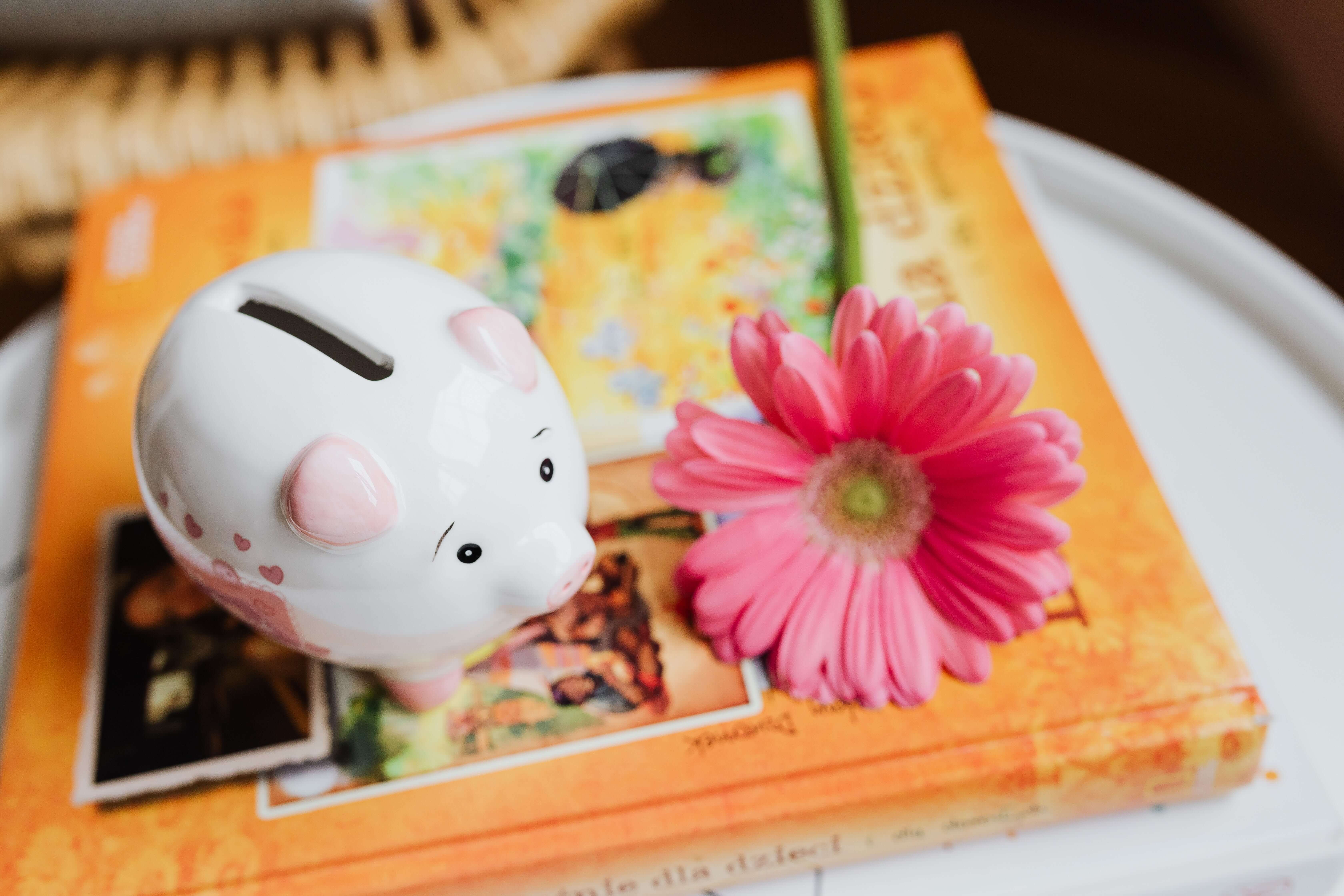Budgeting
5 mins
80/10/10: The Budgeting Rule You NEED to Know
Author
Krista Fabbro
Published
Dec 12, 2024
Managing money can be tough—especially when cash is tight. A few dollars over here, a few bucks over there. Before you know it, you’re left wondering where your paycheque even went.
If this sounds familiar, there's a simple budgeting rule that can make personal finances easier to manage.
Meet the 80/10/10 rule.
This simple method shows you how to split up your income in a way that covers your needs, allows for some wants, and helps you save. For anyone struggling to make ends meet or trying to get better with money, the 80/10/10 rule can be a big help.
Speaking of budgeting, here are the best budgeting apps in 2024.
What is the 80/10/10 Rule?
The 80/10/10 rule is a way of dividing your income. It helps you see exactly where your cash is going and makes it easier to spot areas where you might be unknowingly overspending.
Let's say you bring home $2,000 a month after taxes. Using the 80/10/10 rule, here's how it would break down:
80% ($1,600) goes to your needs. These are the essentials like rent, food, utilities, and transportation.
10% ($200) is for your wants. It's the fun money for things like entertainment or eating out.
The last 10% ($200) is for savings or paying off debt.
This rule is especially useful for those on limited income because it helps make sure the important stuff gets paid first, while still leaving room for some enjoyment and future planning.
Rather watch than read? This Mini Money explains the 80/10/10 rule.
How to Reserve 80% for Needs
The biggest chunk of your money—80%—goes to the must-haves in your life.
Let's focus on that $1,600 from the example above. This money should be put aside to cover needs like:
Rent or mortgage
Groceries
Utilities (electricity, water, gas)
Transportation (bus fare or gas for your car)
Basic phone and internet
Necessary medications
To stretch this $1,600, try:
Looking for ways to cut costs on utilities. For example, unplugging devices that aren’t in use can save the average Canadian household around $20 per month on their energy bill.
Buying generic brands at the grocery store. This can result in savings of about $50-$100 on your monthly grocery bill.
Using coupons or shopping sales for necessities.
Getting a cheaper phone plan if possible. Depending on the provider, switching plans might save you $20-$40 a month.
If your needs exceed 80% of your income, don't panic! Start by covering the most critical expenses first, like housing and food. Then just work on finding ways to reduce costs in other areas.
Remember, even saving $20 here and there adds up when you're trying to balance your budget.
How to Make the Most of 10% for Wants
The 10% for wants might seem small, but it's important. Using our example, this means you have $200 for fun stuff.
Here's why this $200 matters:
It helps you avoid feeling deprived
It can prevent impulse spending from frustration
It allows you to enjoy life while still being responsible
And here’s how to make the most of that $200:
Look for free or low-cost entertainment options in your area. Sites like Eventbrite, To Do Canada, and your city’s website are great places to start.
Pick one streaming service to use instead of cable TV.
Take advantage of happy hour specials if you enjoy going out to eat.
It's okay to treat yourself sometimes. The key is planning these treats so they fit within your budget. If you want something that costs more than your monthly 10%, consider saving up for a few months.
If you find yourself tempted to spend more than your 10%, pause and think—"Is this worth dipping into my needs or savings money?" More often than not, the answer will be no.
How to Maximize 10% for Savings or Debt Repayment
The last 10% of your income goes towards building your future or tackling debt. This is another $200 in our $2,000 income example.
If you have high-interest debt, focus on paying this off first. Credit card debt or payday loans often have high interest rates and even small extra payments can reduce what you owe in the long run.
If you're able to save, start an emergency fund. Aim for $500 to $1,000 to cover unexpected expenses. Once you have that, think about saving for bigger goals, like a down payment.
Small But Mighty
The 80/10/10 rule is a simple but powerful tool for managing your money. It helps you cover your needs, enjoy some wants, and build for your future—all at the same time.
Starting to use this rule might feel challenging at first, but stick with it. Over time, you'll likely find yourself feeling more in control of your finances. You might even discover money you didn't know you had!
Remember, MoneyUp is here to help. Whether you have specific questions or just want to learn more about what we do, you can contact us anytime.
Take the first step towards better money management today—your future self will thank you!





